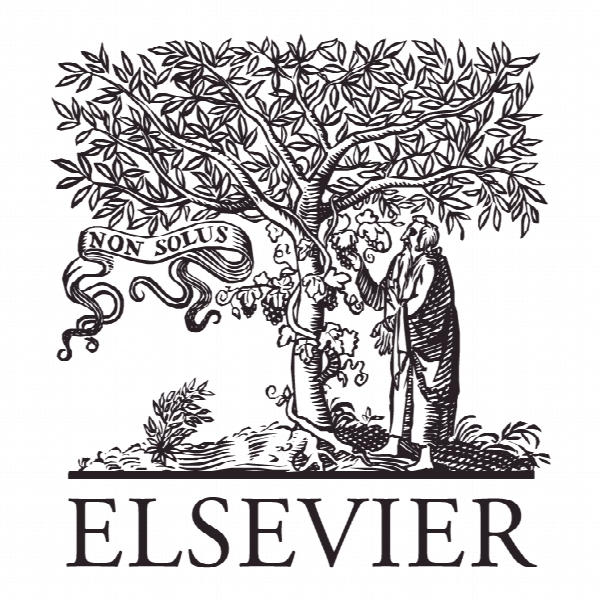منابع دانش، انباشتگی و عملکرد هتل Knowledge sources, agglomeration, and hotel performance
- نوع فایل : کتاب
- زبان : انگلیسی
- ناشر : Elsevier
- چاپ و سال / کشور: 2017
توضیحات
رشته های مرتبط مدیریت
گرایش های مرتبط هتلداری
مجله تحقیقات بازاریابی – Journal of Business Research
دانشگاه گروه سازمان تجارت، آلیکانته، اسپانیا
نشریه نشریه الزویر
گرایش های مرتبط هتلداری
مجله تحقیقات بازاریابی – Journal of Business Research
دانشگاه گروه سازمان تجارت، آلیکانته، اسپانیا
نشریه نشریه الزویر
Description
1. Introduction A firm’s profitability depends on a variety of factors. Numerous studies highlight firms’ resources as the main profit-generation factors (Rumelt, 1991; Short, Ketchen, Palmer, & Hult, 2007). In addition to internal factors, bearing in mind the industrial economy’s contributions is worthwhile; profit also stems from resources alien to the actual firm, whether they are characteristic resources of industrial sectors (Porter, 1980), of countries or regions (Porter, 1990), or of industrial districts (Becattini, 1990; Marshall, 1890). Intangible resources have been acquiring great importance because of their strategic value (Barney, 1991; Grant, 1991), and have even become highly relevant factors in value creation for firms (Lev & Daum, 2004). Among these intangible resources knowledge is one of the most important production factors. Seeking to deepen into this line, the main goal of this article is to examine the extent of the influence of internal knowledge sources and tourist destination sources on Spanish vacation hotels located along the Mediterranean coastline—both in the Iberian Peninsula and in the Balearic Islands. The concept of ‘industrial district’, or ‘tourist district’ when referring to the tourism sector, delimitates each tourist destination. The motivations of this study are, firstly, the geographical area,because this context generates the most positive externalities for firm profitability. These externalities are the result of productive specialization or the concentration of firms related to the same economic activity in the district. Secondly, this study aims at studying not only the possible influence that the knowledge externalities associated with a specific territory can have on profitability, but also the impact of knowledge arising from the firm itself. Finally, the article focuses exclusively on the hotel sector because the literature identifies the tourism sector—and inside, the hotel sector—as prominent industries within the service sector. Their prominence owes to the labor they need, and to the development of the areas where these establishments operate (Baum & Haveman, 1997; Chung & Kalnins, 2001; Holjevac, 2003). The structure of the article is as follows: Section 1 corresponds to the introduction; Section 2 includes a literature review and the hypotheses. Sections 3 and 4 explain the method and the results. Finally, Section 5 states the main conclusions, limitations, and future lines of research.


